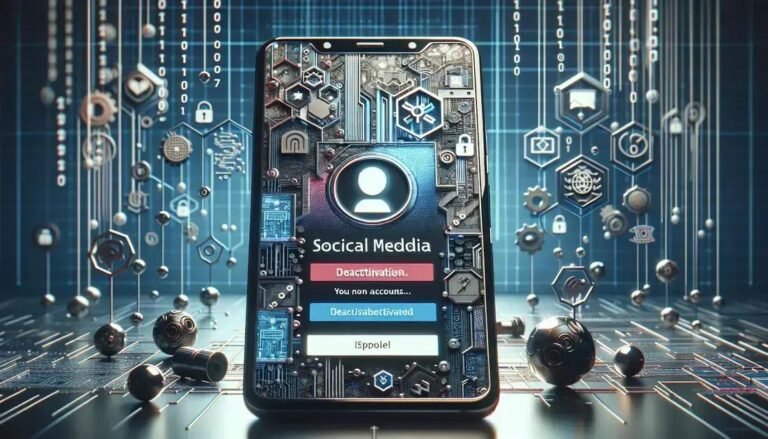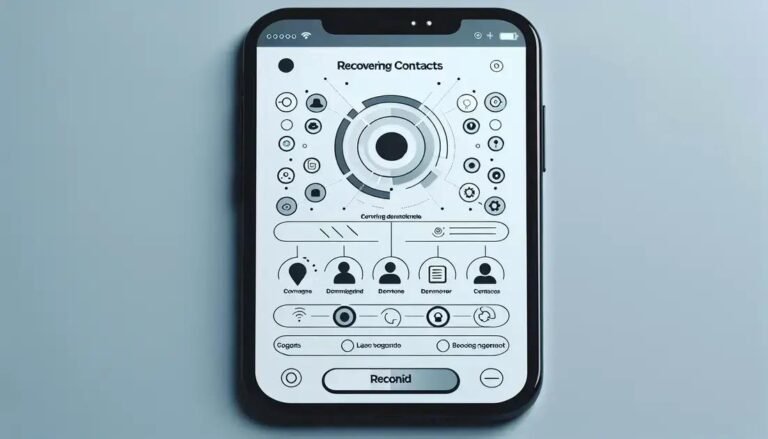Restore Android Photos – How to Recover Deleted Photos Using Android Apps
Restore Android Photos with ease using methods that even a tech novice can master. Have you ever accidentally deleted precious memories? It happens! But don’t worry, we’re here to help you bring them back. Imagine those irreplaceable moments surfacing again, brighter than ever!
Many of us store countless memories on our devices—photos that tell stories of joy, love, and adventure. Losing them can feel like losing a part of your life. But here’s the good news: retrieving them is plausible with the right tools and steps. Ready to uncover the secrets?
Before diving in, consider what might’ve caused the loss. Was it accidental deletion, a system error, or something else? Understanding the root can guide the recovery approach. Stay curious; your memories are ready to be revived! Let’s embark on this journey together.
Understanding Android Photo Recovery Basics
Understanding the basics of Android photo recovery is key to retrieving lost images and preventing future loss. Let’s delve into the fundamental concepts that will empower you to handle recovery situations effectively.
Firstly, it’s important to know where your photos are stored. Most Android phones save photos in the internal storage or external SD cards. When a photo is deleted, it isn’t immediately erased but marked as free space. This means recovery is usually possible unless the space is overwritten.
Common Causes of Photo Loss
- Accidental Deletion: A simple mistake can lead to the loss of important images.
- Storage Corruption: A corrupted SD card or internal storage failure can result in inaccessible photos.
- Software Updates: Occasionally, updates can affect data integrity leading to the disappearance of files.
Initial Steps for Recovery
Act quickly and avoid adding new data to prevent overwriting the space. Use available recovery apps or connect your phone to a computer with recovery software. Always practice caution to avoid worsening the situation. Familiarize yourself with your device’s storage structure to increase recovery success rates.
Investing in Backup Solutions
Prevention is better than cure. Regular backups on cloud services or external drives can be a lifesaver. Consider setting up automatic backups to ensure your memories are safe, no matter what happens to your device.
Top Apps for Restoring Lost Photos
Finding the right apps to restore lost photos is crucial for recovering your memories effectively. With so many options available, choosing the best one can be overwhelming. Here are some top apps that specialize in photo recovery for Android devices.
DiskDigger: This app is a favorite among users for its ease of use and powerful recovery capabilities. It can undelete and recover images from your internal memory or SD card. Even if you’ve formatted the storage, DiskDigger sifts through and retrieves photos effortlessly. Make sure your device is rooted for the best results.
Dr.Fone: Known for its comprehensive data recovery solutions, Dr.Fone is excellent for retrieving photos and other types of data. It supports multiple file formats and offers a user-friendly interface. The app guides you through the recovery process, making it accessible even to beginners.
EaseUS MobiSaver: Ideal for those looking for a straightforward solution, this app recovers lost images and videos without rooting your phone. With a clean interface, you can preview and select specific files to recover, saving time and effort.
PhotoRec: Although slightly more advanced, PhotoRec is a powerful tool for tech-savvy users. It’s open-source and supports a wide range of file systems. While it requires some technical knowledge, it provides extensive recovery options for serious situations.
These apps offer different strengths, catering to varied user needs and technical expertise. Choose the one that fits your situation best, and always remember to back up your data regularly to avoid future losses.
Step-by-Step Guide to Recovering Photos
Recovering photos on your Android device can seem daunting, but following a clear step-by-step guide can simplify the process. Start with the easiest method and gradually move to more advanced solutions if necessary.
- Check the Trash or Recently Deleted: Most gallery apps come with a trash or recently deleted folder where deleted photos are stored temporarily. Look here first and restore any images you want back.
- Connect to a Computer: Attach your phone to a computer using a USB cable. Use file recovery software like PhotoRec or Recuva to scan your device’s storage. These tools often recover files that are not visible on the phone itself.
- Use a Recovery App: Install a reputable photo recovery app like DiskDigger or EaseUS MobiSaver. These apps scan internal and external storage and let you restore photos directly from your device.
- Restore from Cloud Backup: If you regularly backup photos using cloud services (like Google Photos), log in to your cloud account and retrieve photos from there. Cloud backups often keep deleted files for a certain period.
- Consult a Professional: If all else fails, consider consulting a data recovery specialist who can retrieve photos using advanced tools and techniques.
Always back up your data regularly to avoid stress. Simple preventive measures can save time and effort in the future.
Common Mistakes to Avoid During Recovery
When recovering lost photos, it’s easy to make mistakes that can hinder the process. Understanding common pitfalls helps ensure a smooth recovery.
Continuing to Use the Device: Avoid using your phone after realizing photos are missing. New data can overwrite the space where deleted files reside, making them unrecoverable.
Using Unreliable Apps: Be cautious with recovery apps. Some may promise results but could lead to further data loss or security risks. Opt for reputable applications with positive reviews.
Skipping Backups: Failing to regularly back up your data is a critical error. Backups provide a safety net, reducing the stress and time involved in manual recovery efforts.
Overlooking the Recycle Bin: Some photo apps store deleted images in a recycle bin or trash folder for a limited time. Check these locations before proceeding with more complicated recovery methods.
By avoiding these mistakes, you can improve your chances of successful photo recovery and safeguard your data in the future.
FAQ – Common Questions About Restoring Android Photos
What should I do first when I realize my photos are missing?
Immediately stop using the device to prevent overwritten data, and check the ‘Recently Deleted’ folder in your gallery.
Can I recover photos without rooting my Android phone?
Yes, apps like EaseUS MobiSaver can recover photos without the need for root access, although rooting may enhance recovery capabilities.
Are there reliable apps to recover deleted photos?
Yes, apps like DiskDigger, Dr.Fone, and EaseUS MobiSaver are reputable options known for effective photo recovery.
What common mistakes should I avoid during photo recovery?
Avoid using the phone after data loss, choose reliable apps, and ensure regular backups to avoid data overwriting.
Can I recover photos from a formatted SD card?
Yes, recovery is possible. Use advanced recovery tools like PhotoRec or connect your device to a computer with suitable software.
How often should I back up my photos?
It’s recommended to back up your photos regularly, ideally using cloud services or external drives, to safeguard your data.






